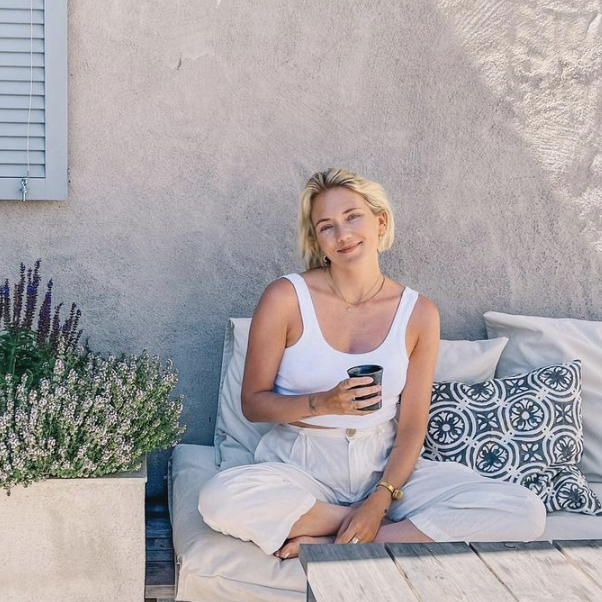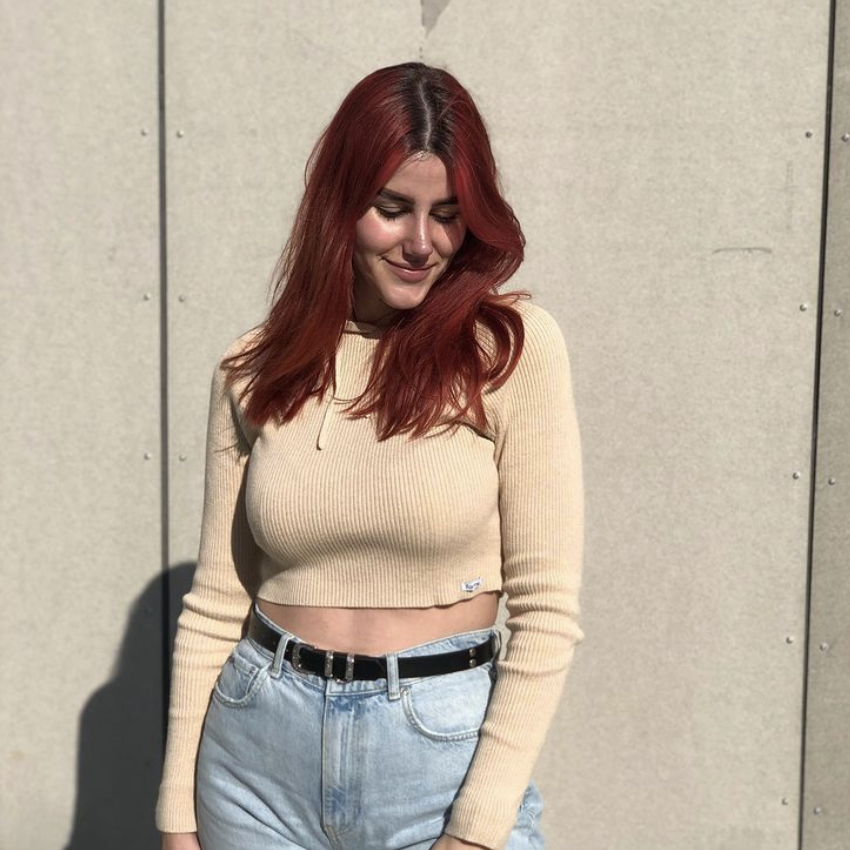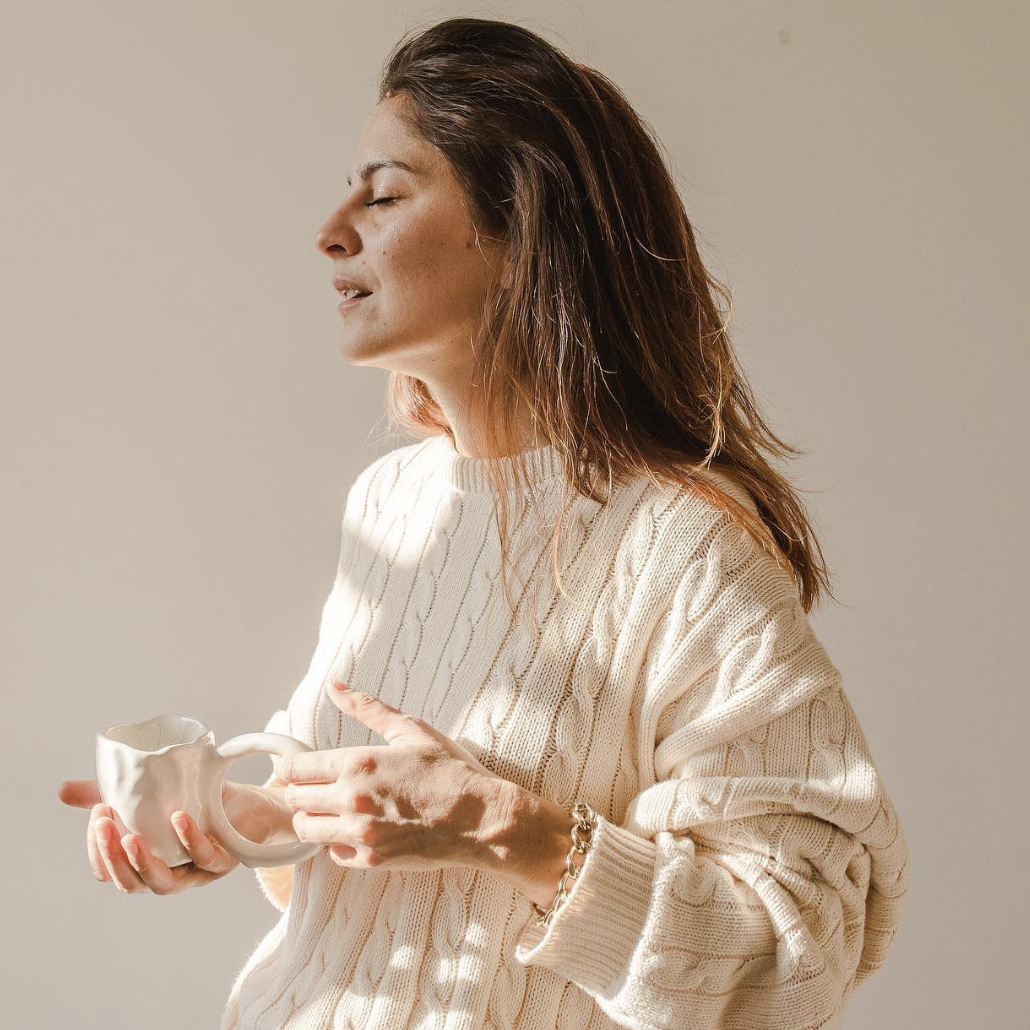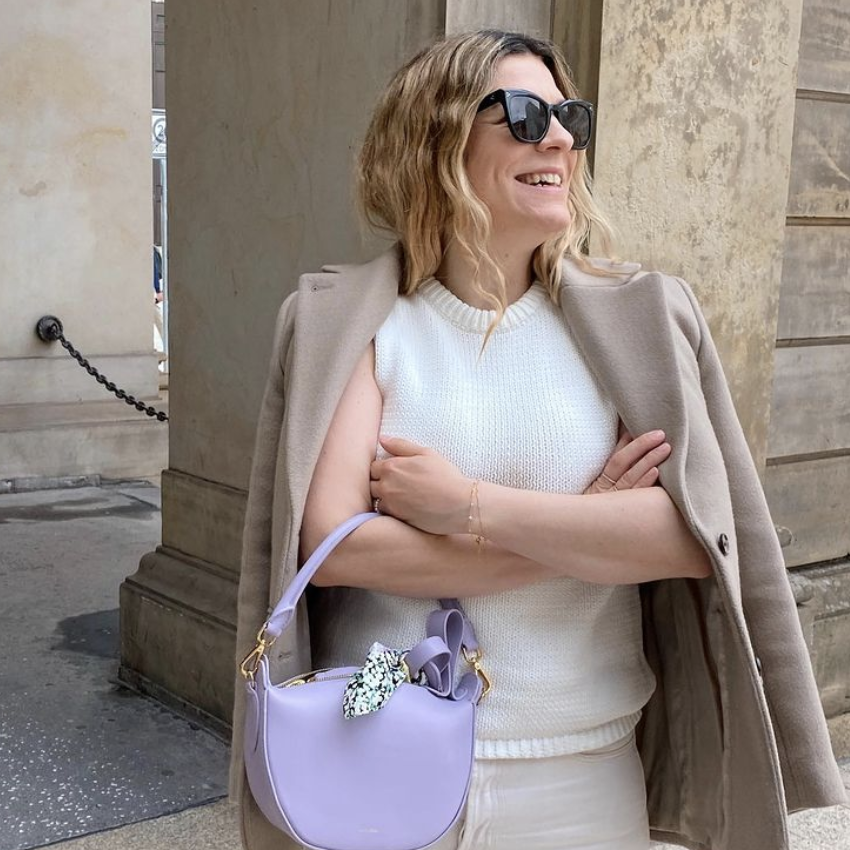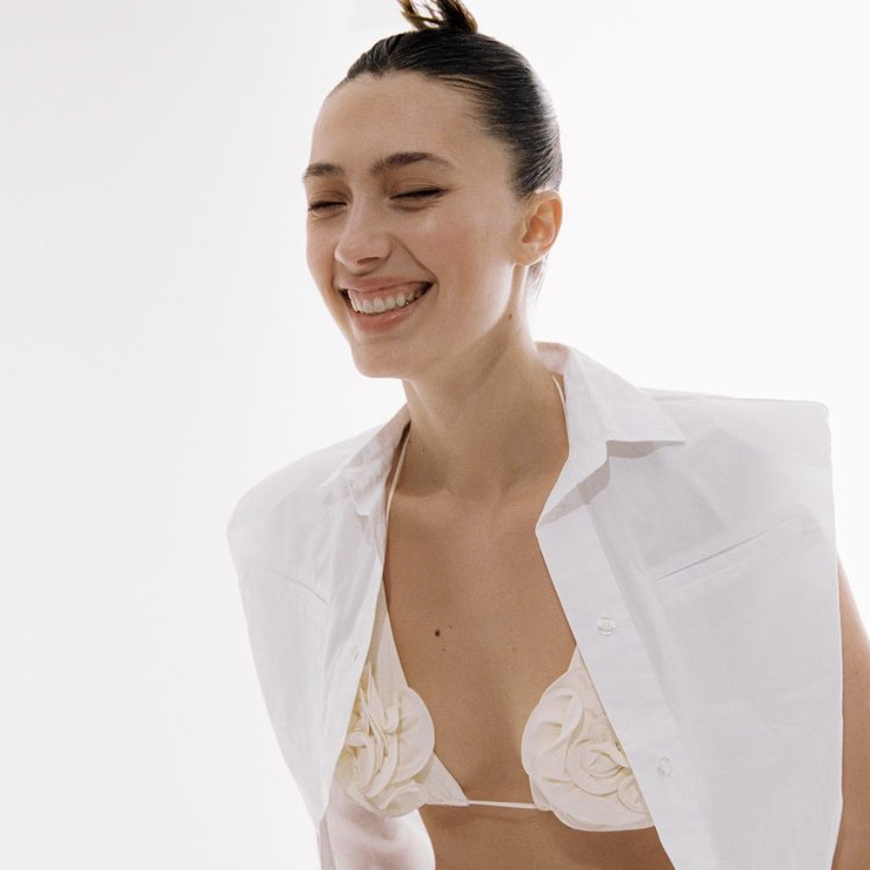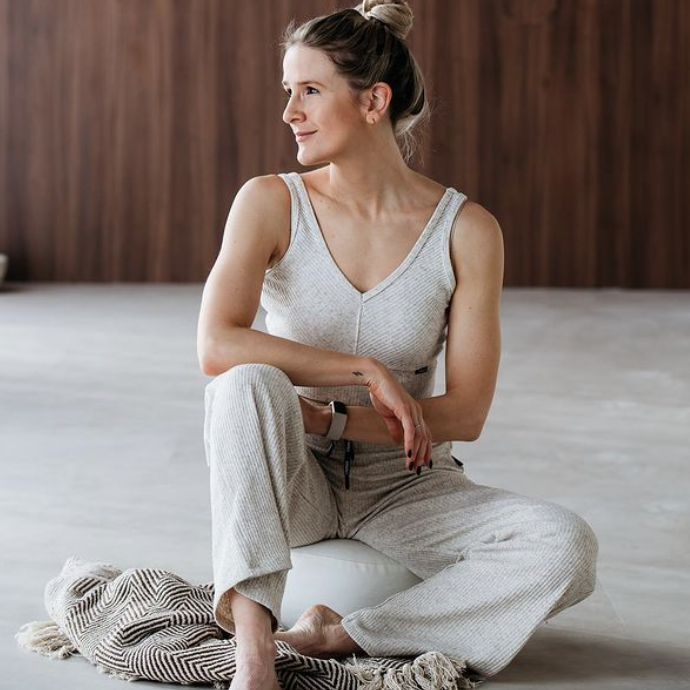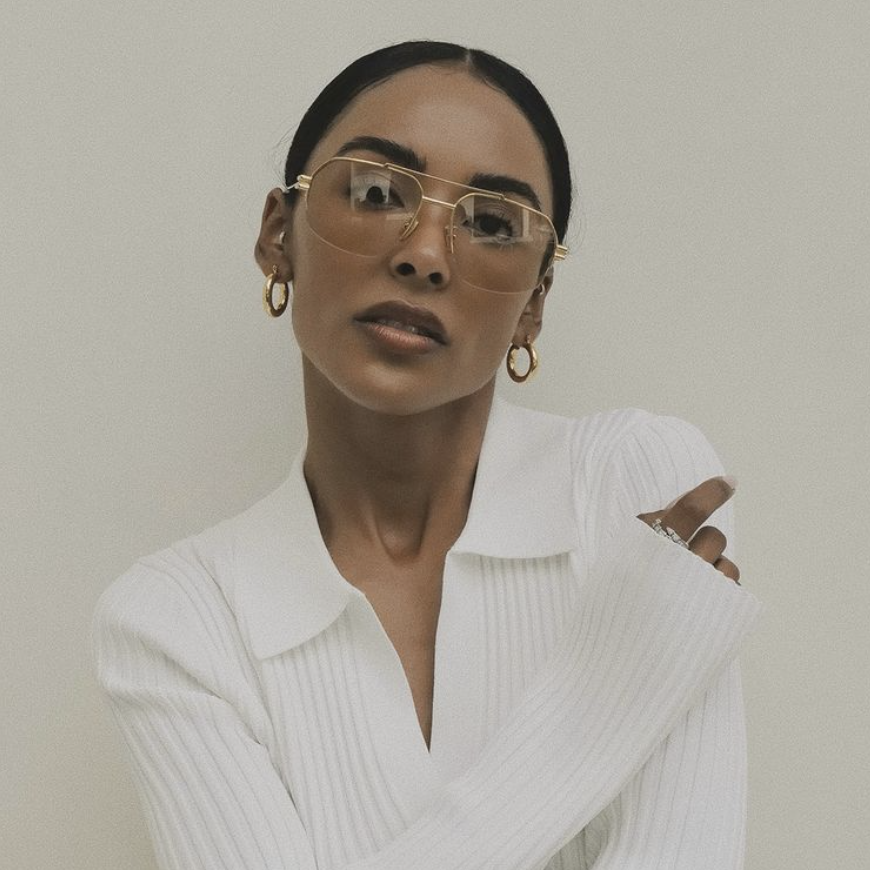The Rise of the Wellness Industry
The wellness industry has been on the rise over the past several years. The once niche phrases self care and self love are now seen as an integral practice by many consumers around the world. Now more than ever, we are all looking for ways we can best take ownership to prioritize our overall well-being and becoming much more aware of all the different ways we can, and should, take care of ourselves. Wellness is about taking care of our body as well as our mind. 360-degree wellness care is for many the new holy grail. Wellness is innately tied into the lifestyle industry, from what we decorate our home spaces with, what we wear to exercise or relax, and how we care for our skin and hair.
VOCAST has spoken to two experts within the field: Chelsey Weimar, Model & Founder of Project Comfortable, and Nina van Haren, Social Media & PR Manager at CABAU, shedding light on what wellness is about and why brands can benefit from collaborating with profiles and publications that showcase wellness related content.
What is wellness?
Today’s consumers define wellness across six dimensions:
Health: Besides medicine and supplements, it now also includes telemedicine, remote health care services, and personal health trackers.
Fitness: Creative offerings that meet the needs of consumers, such as fitness apps and YouTube videos, have seen a lot of progress lately.
Nutrition: Consumers now want food not only to taste good but also to help them achieve their wellness goals.
Appearance: This involves both wellness-oriented apparel (athleisure) and beauty products (such as skincare and collagen supplements).
Sleep: Next to traditional sleep medications such as melatonin, app-enabled sleep trackers and other sleep-enhancing products (for example, gravity blankets) are often being used.
Mindfulness: Meditation-focused apps and offerings have gained consumer acceptance.
What makes the Wellness industry interesting?
According to the McKinsey Wellness survey, consumers care deeply about wellness and their interest is definitely growing. In a survey of approximately 7,500 consumers in 6 countries, 79% of the respondents stated that they believe that wellness is important, and 42% believe it to be a top priority. Moreover, McKinsey estimated the global wellness market at more than $1.5 trillion, with annual growth of 5% to 10%. Therefore, there are a lot of opportunities for companies. However, the market is crowded. VOCAST gathered some insights to help you navigate through it.
What are consumers asking for?
Industry insight

After many years in the modeling industry, Chelsey founded Project Comfortable: from interviews to tutorials, to editorials and reviews – there’s something for everyone. She wanted to create a space that allows her to bring her vision of beauty, lifestyle, wellness, and fashion together. Where her love for video and photography meets, and where she can share her network of inspiring creatives with the world.
Nina van Haren, PR Manager & Social Media Marketing Director
Nina van Haren has been part of the CABAU team since the day the brand was launched in February 2019. Working as Social Media Marketing & PR Manager for the brand, Nina is responsible for branded collabs, events, PR product launches, cross-channel social media marketing strategies, brand awareness campaigns, and PR activities.
Why is wellness so important?
Chelsey Weimar: Wellness matters because everything we do and every emotion we feel relates to our well-being. It definitely affects our emotions and actions. You can achieve wellness by staying in good condition mentally, physically, and spiritually.
Nina van Haren: Wellness is everywhere. It is our whole life. Today’s society is dominated by a 24/7 online world. Our stress levels are also constantly being tested as a result of social media platforms influencing our lives. A prolonged high-stress level has a serious impact on our body, muscles, and hormone system. And this is exactly why we should, more than ever, be concerned for our health through simple day-to-day steps and habits that will have a major impact on the way we feel, the way we look, and the way we behave.
How can we describe the rise of this industry?
Chelsey Weimar: I think more and more people realize now that wellness is not a luxury but a necessity. I feel like Covid also played a big role in this. Also, the marketing to live a healthier life is bigger than ever, and because there’s so much money involved in this industry I feel like everyone is trying to be part of it, in any way possible.
Nina van Haren: The wellness industry has always existed. However, our need for wellness services and products has increased over the past decades. As a result, the industry has risen. Now, more than ever, mental health has become a national concern where it wasn’t such an important matter a few decades ago. I believe this is due to a changing society in which mental and physical health has become a major player.
What are the top wellness trends in the lifestyle industry?
Nina van Haren: One major movement in the industry is the body positivity movement. More than ever, brands are embracing our natural human forms. Instead of portraying only tall, small women in wellness campaigns and advertisements, more and more brands are working towards a more realistic image. It is a beautiful movement as it makes us, consumers, realize that all bodies are different. What I personally hope is that this movement is convincing young girls and boys to embrace their bodies and looks and consider their body characteristics as unique and beautiful. Another trend is the attitude of businesses towards mental awareness. Yoga retreats, mindfulness workshops, and meditation classes have become increasingly popular. I believe that there is a great market for mental health businesses as society is only putting more pressure on us resulting in a rising need for mental health services.
Chelsey Weimar: To me, the mental health-based ones are the most important. Mental health wellness has been taken more seriously over the years which makes me very happy and I think is extremely important.
What makes wellness influencers ideal brand ambassadors?
Chelsey Weimar: They are recognized subject matter experts who have knowledge and experience in their field. It makes them excellent brand ambassadors because they are honest and passionate about their expertise and I think more relatable than doctors or nutritionists for example. You follow their digital life on Instagram so you feel like you know them personally because you see so much more of their life than just the wellness-based advice they share.
Nina van Haren: As our health is so important, we need platforms to help spread this message including influencers. In whatever industry you’re in, you need marketing channels and ambassadors that help spread your brand message. You need ambassadors with the same values as your brand values. Ambassadors that fit your target group. Only when there is a good match between brand and ambassador, influencer marketing activities are beneficial as your ambassadors are your “faces” of the brand. They represent your brand and give the company and its mission a visual image with emotion and personal bonding. A personality is someone the consumer can identify with, feel empathy for and connect with. That is the strength of Influencer Marketing.
Wellness influencers across markets
Georgina is the UK Market Coordinator at VOCAST, responsible for British fashion and lifestyle research. Along with her work at VOCAST and studies at Copenhagen Business School, she is passionate about conscious fashion reform in the industry.

Michelle Achten is the Dutch Market Coordinator at VOCAST, responsible for the Dutch and Belgian Fashion and Lifestyle research. She received her bachelor’s degree in Fashion Business and master’s degree in Innovation.
SIGN UP TO OUR NEWSLETTER
Get free knowledge on how to optimize your B2B marketing & new product releases.
RELATED POSTS
Beyond the Aesthetic: The Emergence of Stylists as Influencers
In the realm of interior design, stylists, recognized for turning creative visions into captivating editorial and commercial projects, are increasingly emerging as key influencers on social media. The rise of digital platforms has substantially redefined their roles,...
A Closer Look at Copenhagen Fashion Week 2024: Insider’s Insight
Copenhagen Fashion Week is for many the culminating gathering of Scandinavian creatives. During the two weeks per year, one Spring/Summer edition and one Autumn/Winter edition, a global swarm of creatives flock around the Danish capital to get the details on the...
Sweat and Style: How Fashion Brands Can Ride the Sports Wave
We’ve seen it time and time again: another collaboration between a fashion brand and a notable figure in the sports and fitness world. Whether it be your favorite influencer dressed head to toe in athleisure or loyal fans sporting (pun intended) their favorite...



